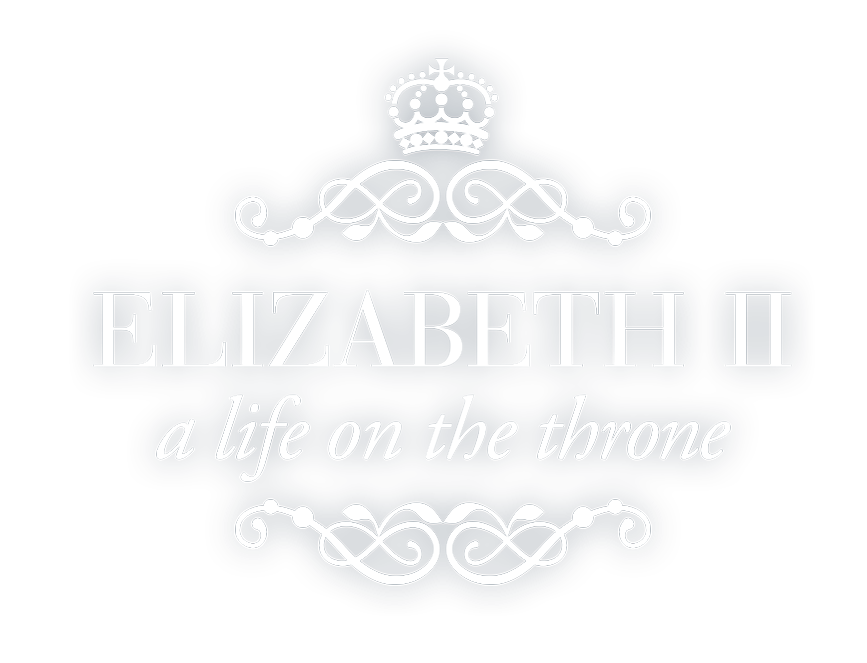Queen Elizabeth II, Head of the Commonwealth and monarch of 15 countries, has died. She ruled longer than any other monarch in British history, guiding the nation through profound changes and leaving behind a vibrant legacy.
In her seven decades on the throne, the Queen travelled extensively, was patron of numerous charities and raised a family that includes four children, eight grandchildren and several great-grandchildren. She was credited with building national unity during times of great social and political change while also modernising the British crown.
When King George VI died on February 6, 1952, then Princess Elizabeth was visiting a remote wooden-stilted hotel in Kenya’s Aberdare National Park. It was while there that her husband Prince Philip broke the news of her father’s death. She was only 25.
She and the prince cancelled the rest of the trip and returned to Britain the next day. Her coronation, a spectacular ceremony viewed by millions of people on television, took place at Westminster Abbey on June 2, 1953.
Her coronation was an extraordinary fate for a girl who had never been destined to ascend to the throne.
Born on April 21, 1926, Elizabeth was only third in line to the throne after Edward, Prince of Wales (later King Edward VIII), and her father Albert, the Duke of York.
She grew up at 145 Piccadilly, the London house taken by her parents (who referred to her as “Lilibet”) shortly after her birth. It was only in 1936, when her uncle Edward VIII abdicated in order to marry twice-divorced American socialite Wallis Simpson and her father acceded to the throne as King George VI, that she became heiress presumptive.
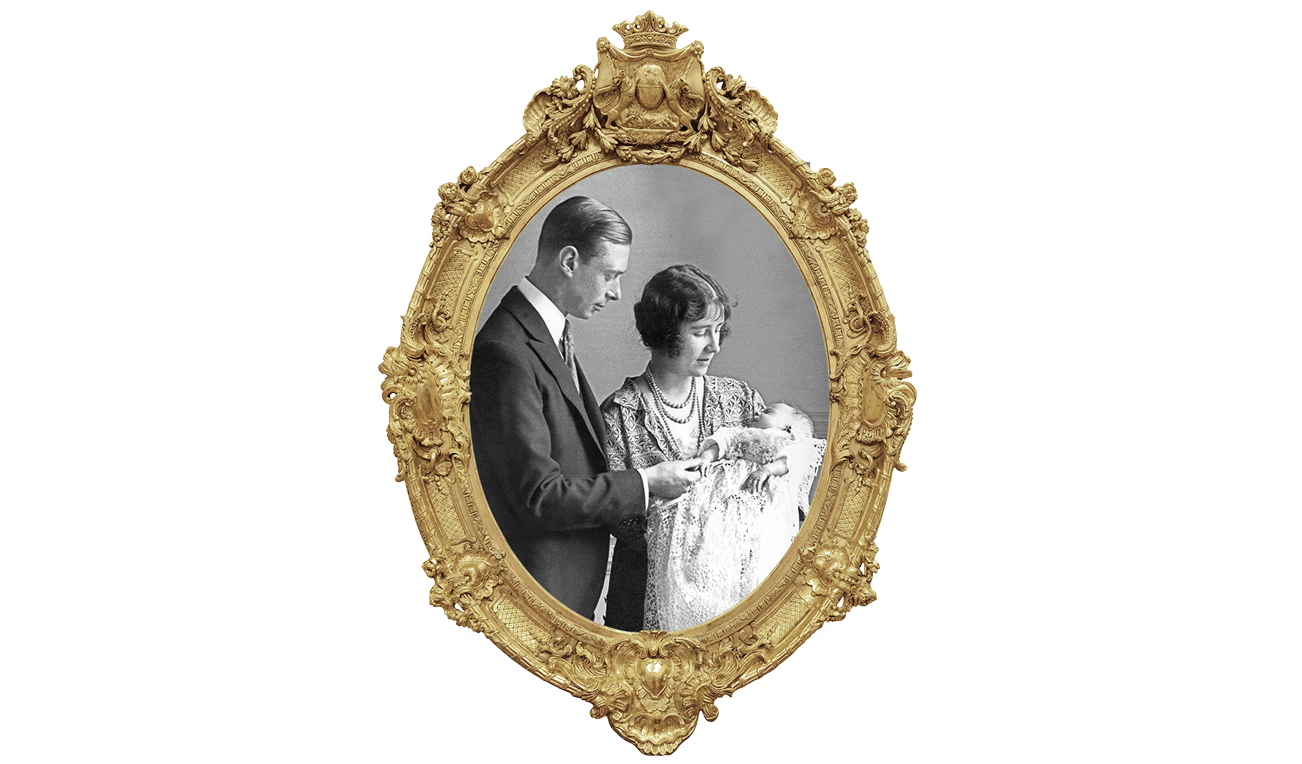
With the outbreak of World War II, Britain was regularly targeted by German bombers. The king refused to move from Buckingham Palace during the attacks but Princesses Elizabeth and Margaret were moved for their safety to Windsor Castle west of London, where they spent most of the war years.
The two sisters would later join the war effort, knitting socks and making bandages for British soldiers at the front. In 1940, at the age of 14, Princess Elizabeth made her first radio speech. Addressing the children moved from London to escape the bombings, she expressed a “message of sympathy” for those separated from loved ones and “gratitude” for their hosts in the countryside.
In early 1942 she was appointed colonel-in-chief of the Grenadier Guards infantry regiment, and towards the end of the war she joined the Auxiliary Territorial Service, the women’s branch of the British Army. Despite being the heir to the throne, she learned to drive and repair military vehicles. These skills would stay with her long after the war was over. She reportedly looked after her own cars and enjoyed driving on the small roads near the royal residence of Balmoral Castle in Scotland behind the wheel of a Land Rover.
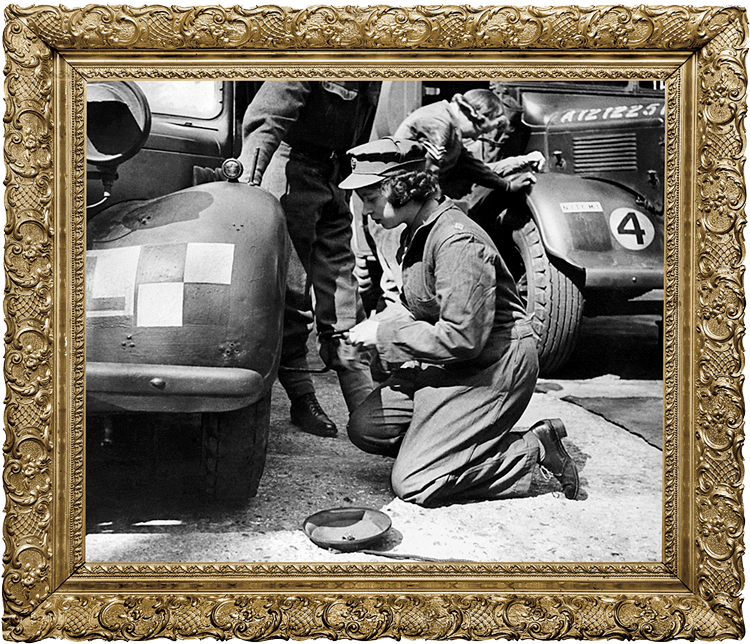
Princess Elizabeth married Prince Philip of Greece, a distant cousin who was an officer in the Royal Navy, in November 1947. She gave birth to Prince Charles a year later, who is first in line to the throne. The birth of Princess Anne would follow in 1950, that of Prince Andrew in 1960 and Prince Edward in 1964.
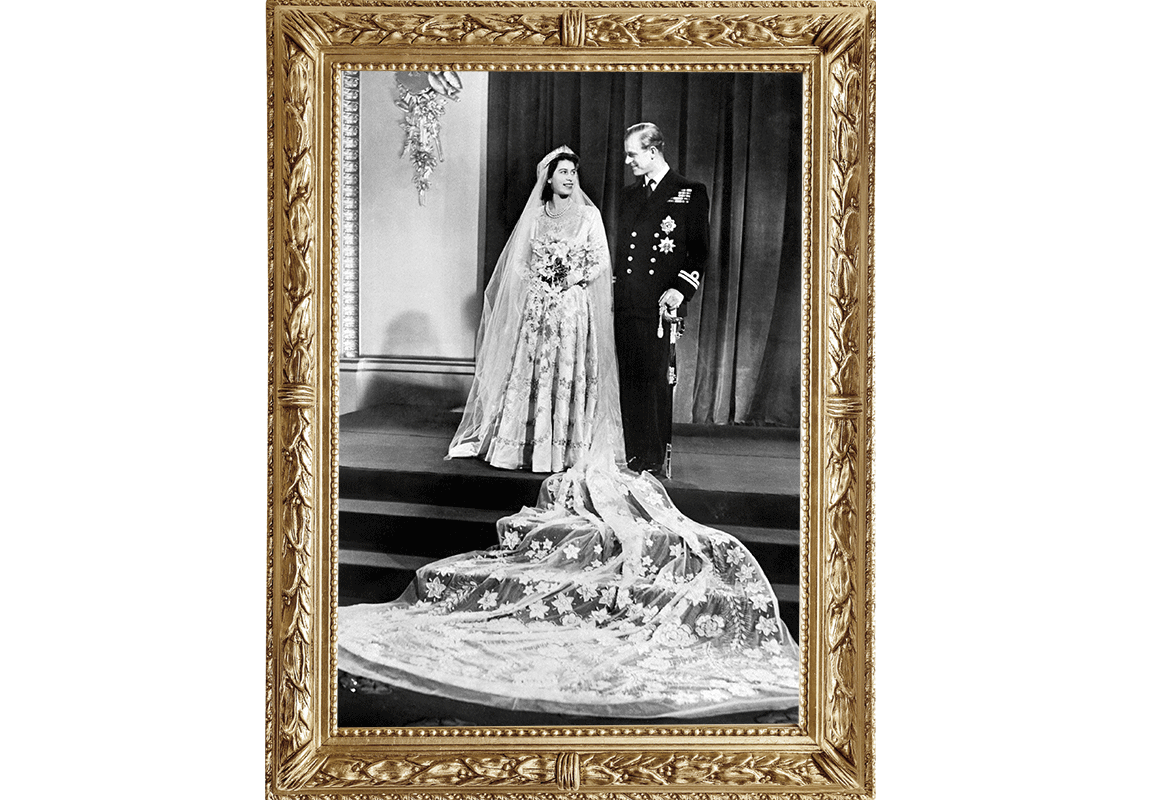
Even before her coronation, service to the crown rather than rearing a family appeared to be the focus for the young princess. As King George VI’s health quickly declined from 1950, she replaced him more and more regularly on official trips and ceremonies.
In 1951 she and Prince Philip embarked on a month-long trip to Canada then visited the United States, where she played host to then president Harry Truman at a formal dinner at the Canadian embassy in Washington. The next year the couple set off for a visit to Australia and New Zealand, but first stopped in Kenya – where she learned of her father’s death, news that would make her the 40th English monarch to rule since William the Conqueror.
Making her first statement to senior politicians in London two days later, she said: “By the sudden death of my dear father I am called to assume the duties and responsibilities of sovereignty … My heart is too full for me to say more to you today than I shall always work, as my father did throughout his reign, to advance the happiness and prosperity of my peoples, spread as they are all the world over.”
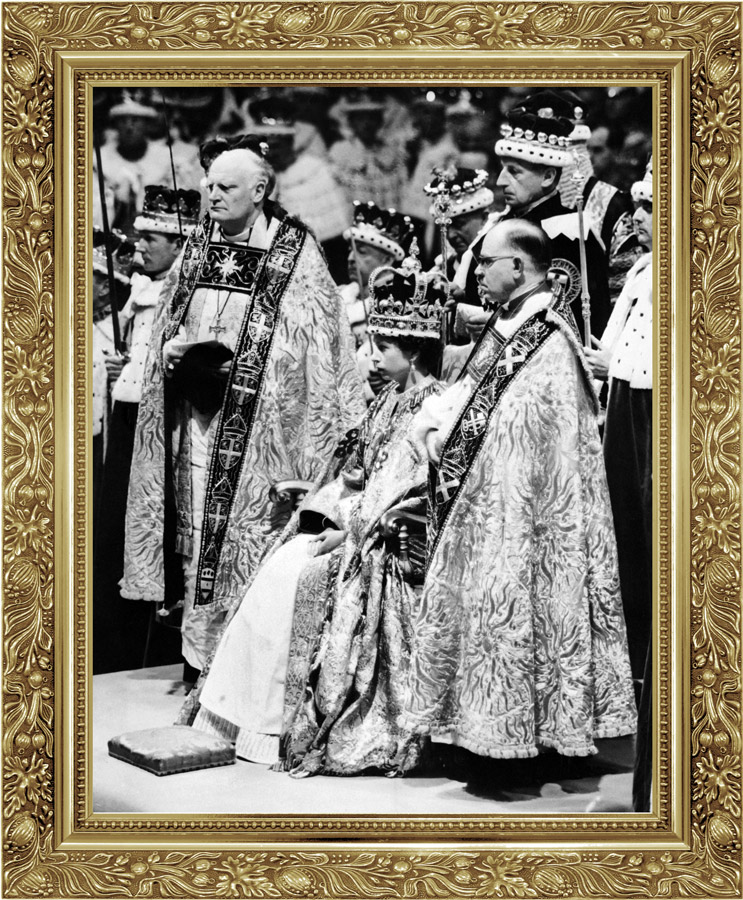
Only a few months after her coronation in 1953 she set out to complete, as Queen, the Commonwealth tour she had begun before the death of her father. She visited Bermuda, Jamaica, Fiji, Tonga, New Zealand, Australia, the Cocos Islands, Ceylon (now Sri Lanka), Uganda, Malta, Gibraltar and Aden.
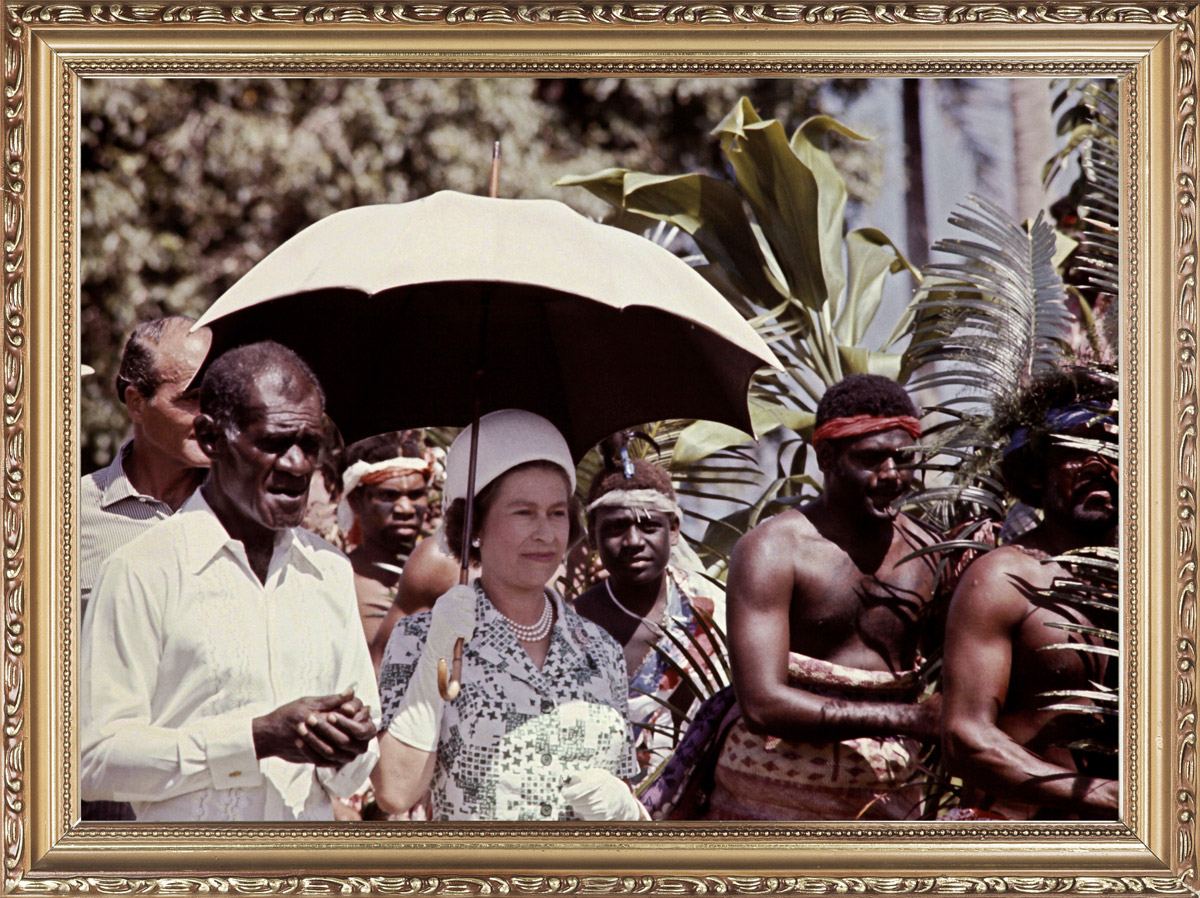
The trip appeared to set a precedent for the rest of her reign, and revealed her aspiration to be closer to the subjects of the Commonwealth – 130 million people spread across the planet – than her royal predecessors.
The Queen completed more than 265 foreign trips, visiting around 120 countries, in her lifetime. She also hosted several generations of world leaders at Buckingham Palace: Winston Churchill, Charles de Gaulle, John F. Kennedy, Pope John Paul II, Gerhard Schröder, George W. Bush, Jacques Chirac, Nelson Mandela, Angela Merkel and Barack Obama are only a few of the figures she has welcomed.
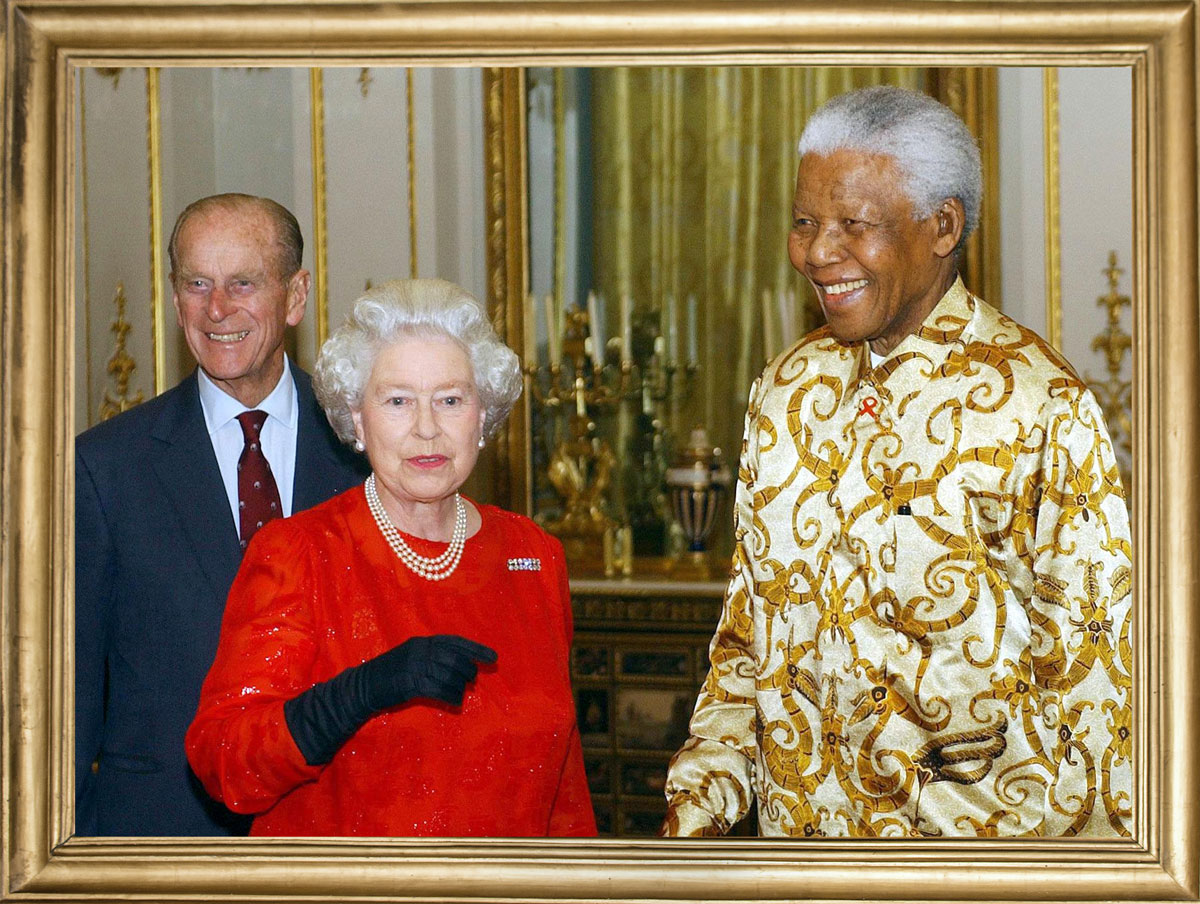
The Queen “[took] seriously her anointment with holy oil during her coronation”, according to biographer Sally Bedell Smith.
While being a witness to the dissolution of the British Empire, the Falklands War and the Brexit vote, the Queen was always careful to stand above the political fray.
Regular meetings between the Queen and prime minister were one of the few closely guarded secrets in British government. No prime minister has ever revealed the details of these conversations.
“She has great insights and great knowledge from all the conversations that she's had over the years,” former prime minister David Cameron told ABC on the 60th anniversary of her reign in 2013. "So she asks brilliant questions that make you think carefully."
It is estimated that more than 1 million people turned out in June 2012 to watch the Queen’s Diamond Jubilee Pageant, which marked her 60 years on the throne and featured a celebratory flotilla of more than 1,000 boats sailing up the River Thames.
While symbolising unity and continuity for her country, the Queen also faced personal family battles and tragedy. The divorces of three of her children tarnished the image of the royal family, and were played out under the unsparing gaze of the media.
Her reaction to the 1997 death of Princess Diana, Prince Charles’s former wife, caused friction between the Queen and the public. The refusal to fly the British flag at half mast over Buckingham Palace as a sign of mourning compelled the Sun tabloid to demand: “Show us there's a heart in the House of Windsor.”
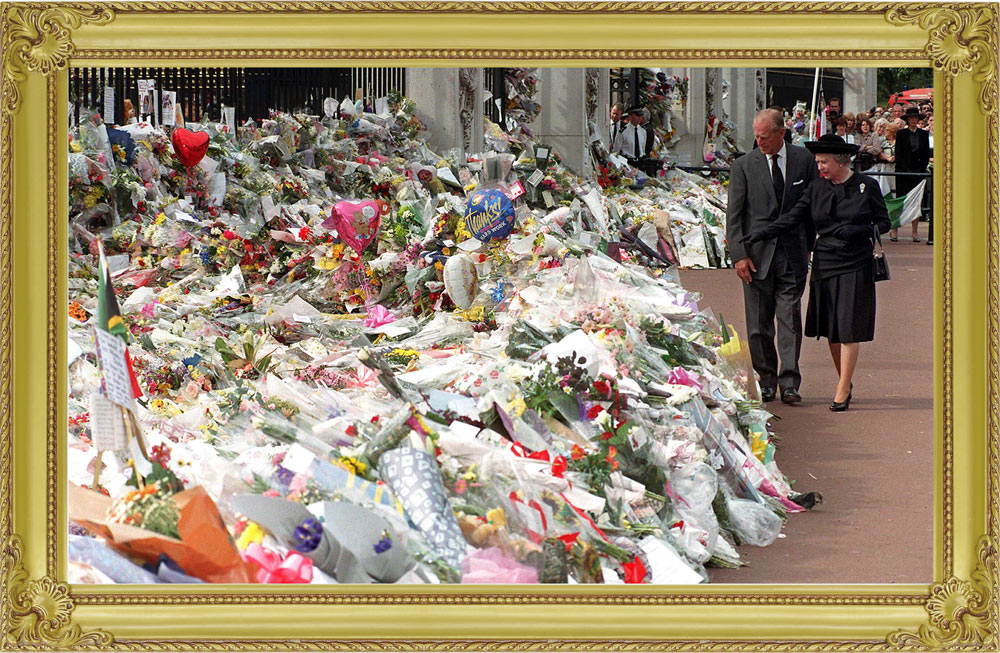
The Queen was following protocol, which dictates that only the Royal Standard flies over the palace when the sovereign is in residence. Elizabeth eventually ordered the Union Flag to be lowered and paid tribute to Diana in a now-famous television address, thus regaining much of the esteem she had temporarily lost.
This break with tradition in the wake of Diana’s death was, for some, evidence that the Queen knew how to modernise the monarchy and shepherd it into the 21st century.
She also warmly welcomed Kate Middleton when she married Prince William – Prince Charles’s eldest son – in 2011 to become the Duchess of Cambridge and the first member of the middle classes to marry a future king. The young couple welcomed a new heir, Prince George, in 2013, Princess Charlotte, in 2015, and Prince Louis in 2018.
That year the Queen also gave her blessing for William’s younger brother Harry to marry divorced actress Meghan Markle, the first African-American to become part of the Windsor family. Relations with the couple soon soured, however, eventually leading the Duke and Duchess of Sussex to step down as senior members of the royal family and move to California.
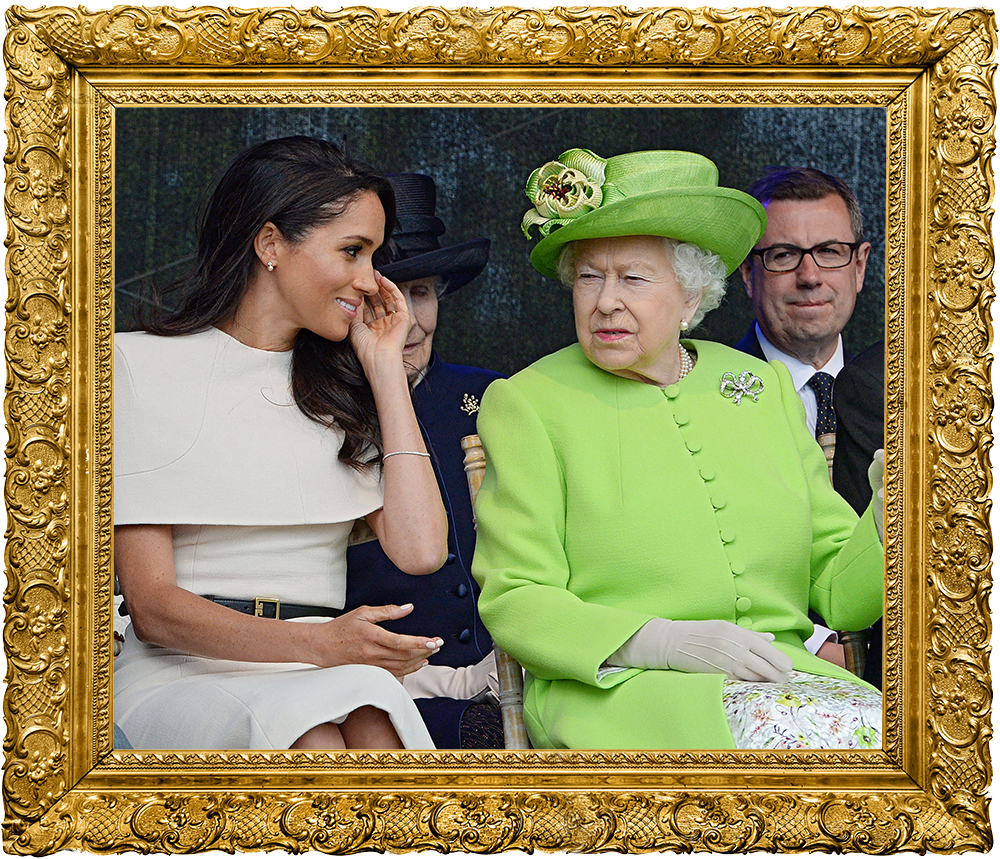
Buckingham Palace was soon rocked by another scandal involving Prince Andrew’s links to convicted paedophile Jeffrey Epstein and allegations he sexually abused a teenage girl. It led the Queen to strip the prince – long dubbed her “favourite son” by the media – of his honorary military titles and royal roles in charities in January 2022.
Months earlier, in April 2021, Elizabeth II suffered her biggest blow with the death of her husband Prince Philip, her “strength and stay”, after more than 73 years of marriage.
The Queen looked increasingly frail in the wake of Philip’s death, her health dogged by a string of ailments and a bout of Covid-19. Poor health forced her to skip the traditional Queen’s Speech in May 2022 – for only the third time in her reign. Weeks later, however, she appeared on the balcony at Buckingham Palace to salute the crowd during festivities marking her Platinum Jubilee. The four days of celebrations of her 70 years on the throne underscored the nation’s deep bond with its longest reigning monarch.
A guardian of tradition and national unity, Elizabeth II passed away serenely at the age of 96, leaving behind three generations of heirs and a stable monarchy that remains central to British life.
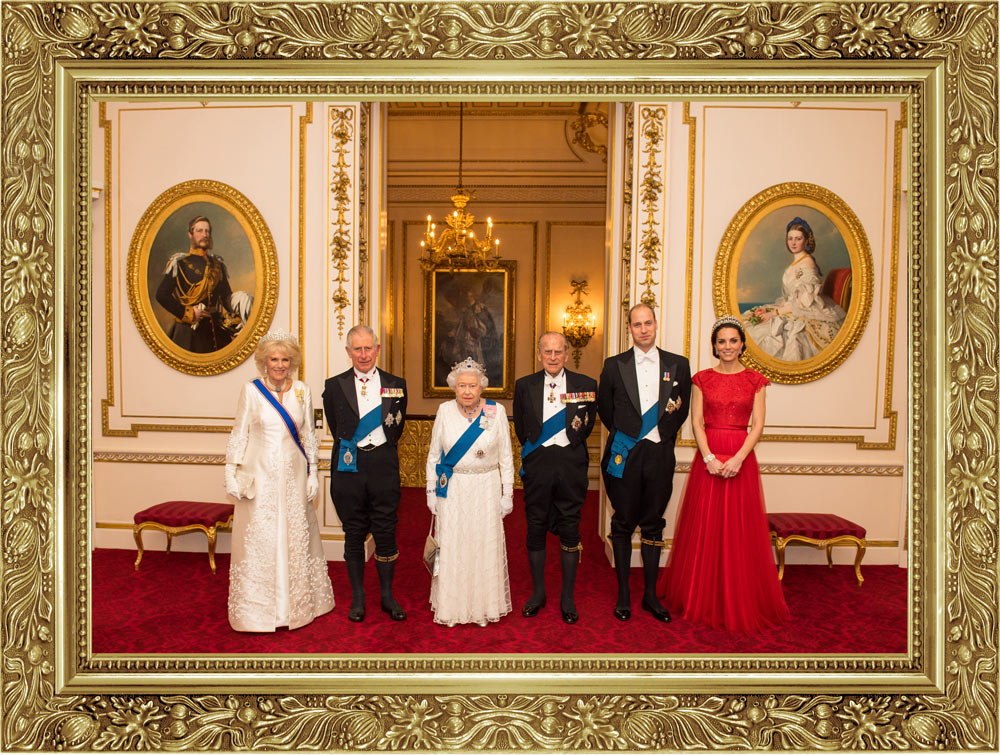

haut de page

